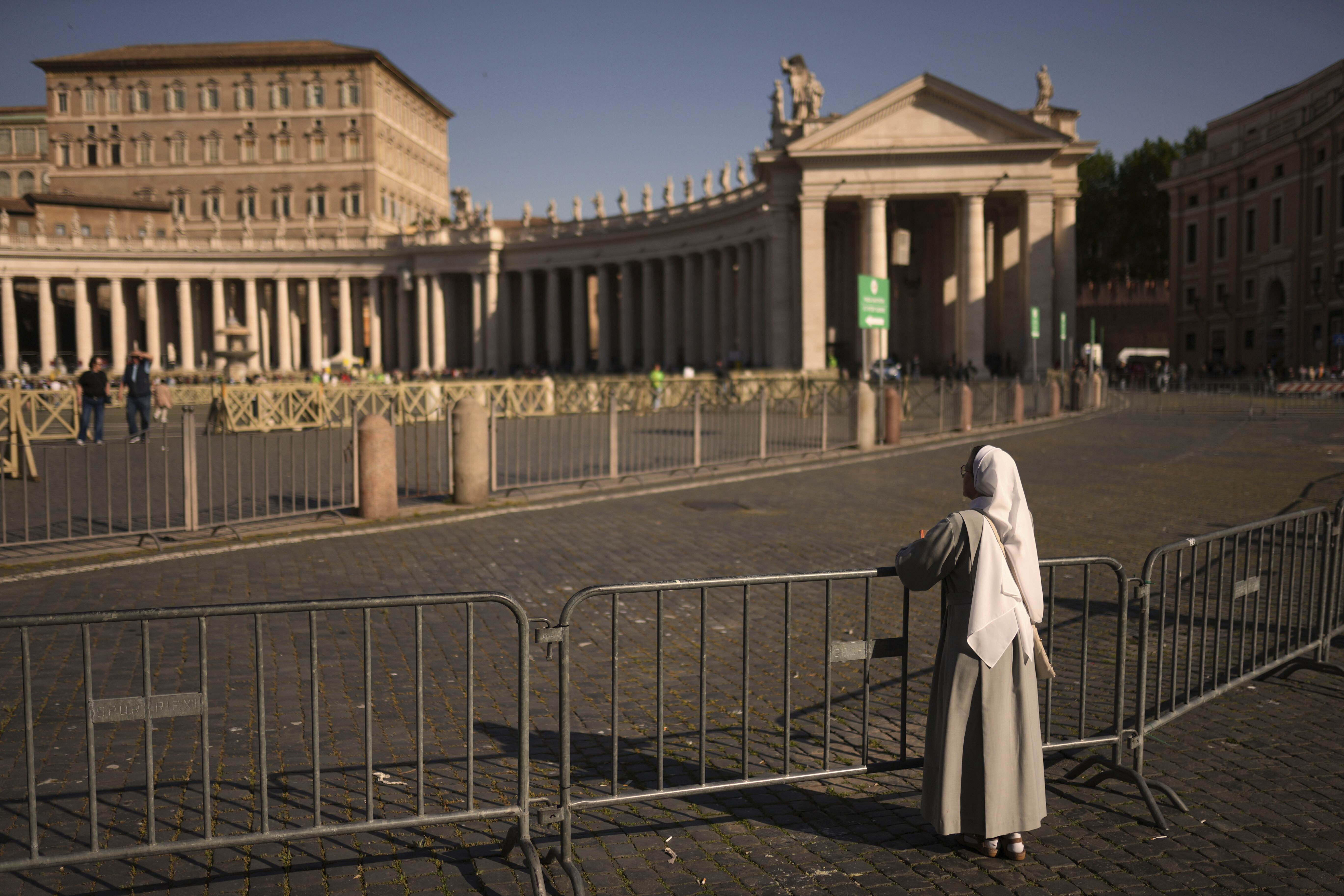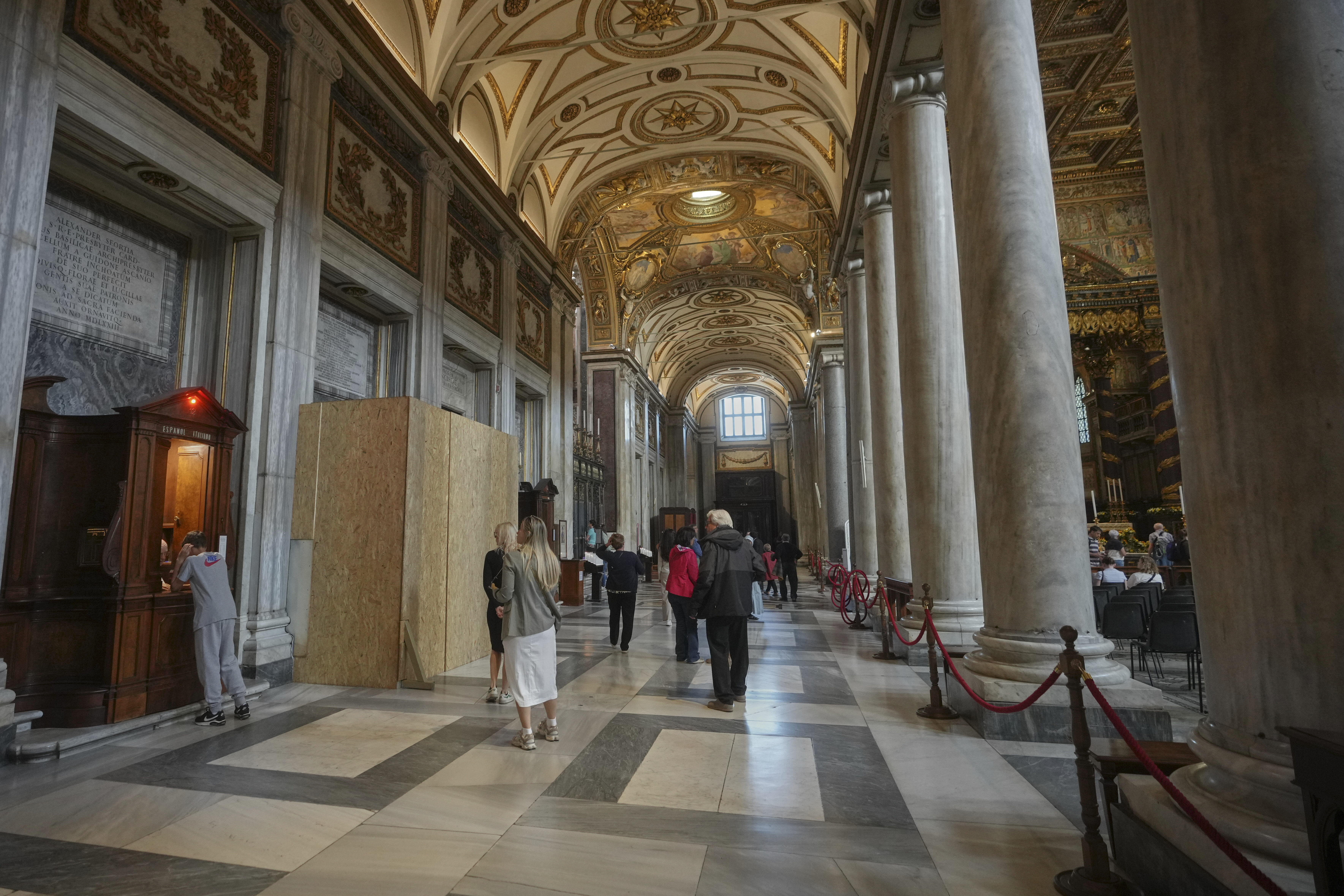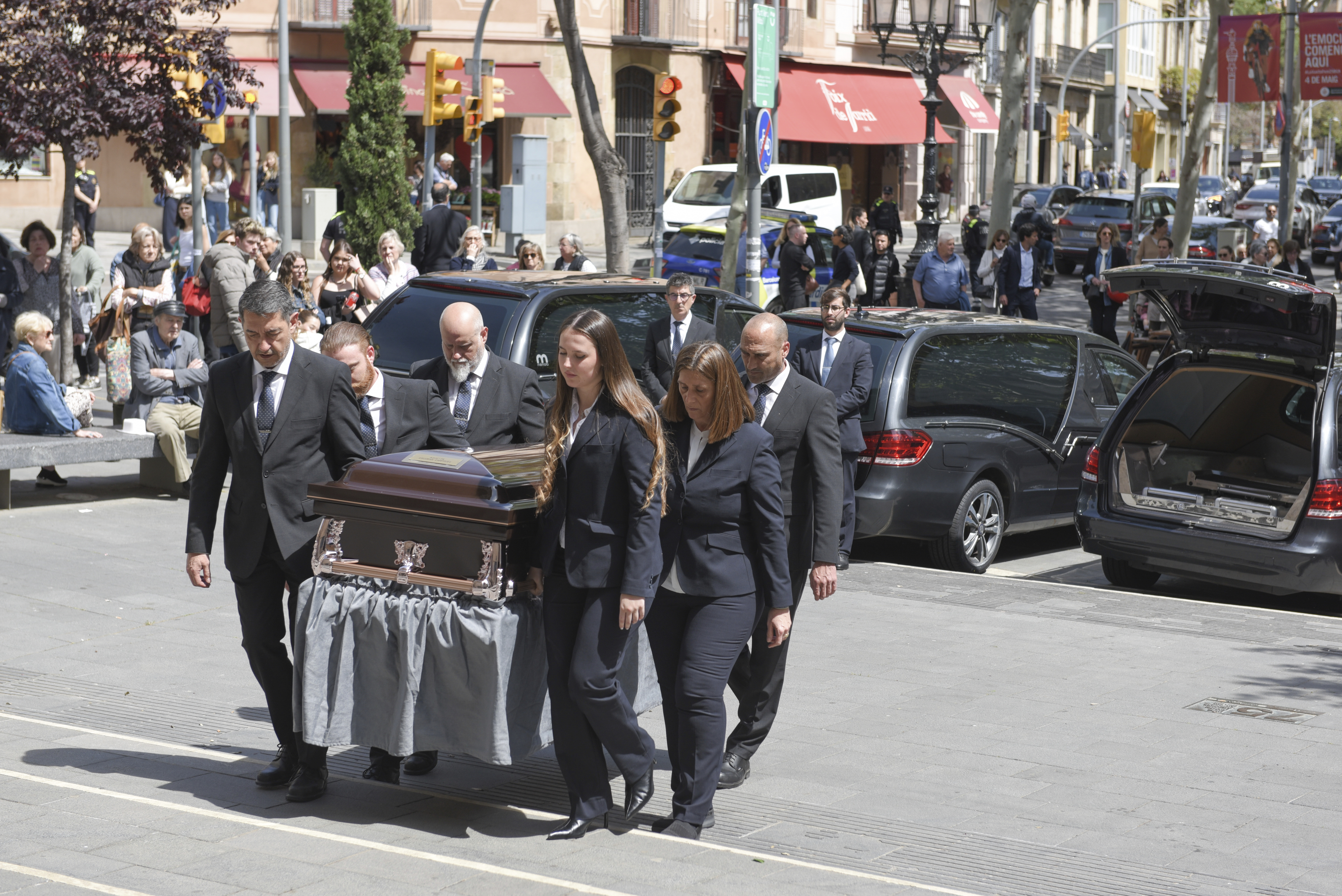MEMPHIS, Tenn. — In the north end of downtown Memphis is the historic Pinch District, where brick-by-brick, old buildings give a small glimpse into the blood, sweat, and tears of the city’s past and its people.
If anyone knows its stories, it’s Shelby County’s historian and Memphis tour guide, Jimmy Ogle.
“The city birthed from this area in the 1700’s. It is a very historic area way back when and there were a lot of changes during the Civil War and during Yellow Fever. You had Irish settlers and Jewish settlers, and all the businesses at that time,” Ogle said.
The Pinch District’s historic title could crumble, and it could lose its designation on the National Register of Historic Places.
Jake Schorr has owned Westy’s and the Northend Restaurants on North Main Street since 1983.
“I think it’s a major blow for the future, yes not just me, but the people that have the buildings down here. There are not a lot of us here, but when you have restrictions removed and they want to do something with it, it’s easier for them to do it,” Schorr said.
The Tennessee Historical Commission is expected to recommend the Pinch District should no longer remain on the National Register because a large number of historic properties have been demolished.
The commission told WREG only 19 of the 43 contributing structures remain from when this district was listed.
June West is the executive director of Memphis Heritage.
“Most people think if something is on the National Register it’s protected forever. That’s isn’t true,” she said.
Some say the character of the district also changed when a sea of surface parking lots went up when the Pyramid was home to the University of Memphis Tigers, Memphis Grizzlies, and concerts.
At one time, many thought the Pinch would become an entertainment district, but when FedExForum opened and the Pyramid closed, it left businesses here in a pinch.
“When the Pyramid was built in 1991, I think there was no major plan by the city to protect the integrity of the area so in turn buildings came down because people wanted to put parking lots up and make money when people had games at the Pyramid and concerts. It was uncontrolled demolition is what I call it,” West said.
Some business owners such as Schorr wonder what losing the designation will mean for their properties.
“It makes it easier for the government to take over property, take over businesses, change buildings, there are less restrictions,” Schorr said.
“Is there a conspiracy to do this? I don’t think so. At the same time I do think it is easy for the city to develop where there is not a National Historic Register because they don’t have to review the federal dollars they may use in that area,” West said.
Earlier this month, Mayor A C Wharton’s office emailed the following comment to WREG about the future of the Pinch:
“The fifth MEMFix event – a collaboration between the Downtown Neighborhood Association and Livable Memphis – will be held in Downtown Memphis’ Pinch District this spring. MEMFix seeks to reenergize and reimagine the Pinch district and prepare the neighborhood to capitalize on the influx of visitors to the area when Bass Pro Shops opens this spring. ‘The purpose of the Downtown Neighborhood Association is to promote enjoyment and enhancement of downtown living,’ past president of DNA, Tanja Mitchell, said. ‘The Pinch is a vital neighborhood in downtown Memphis, and we are happy to be a part of its re-imagination.’”
Newly elected Tennessee State Senator Lee Harris said he wants to ensure the Pinch is redeveloped when Bass Pro opens in the Pyramid this May.
“I think its (historic designation) is just a title, but we are right to say this area has taken a lot of hits. Should we continue to wait for Bass Pro to come online or should we do something right now because these folks are hanging on by their fingernails? There is not a lot left and it would be a shame to lose a lot of these businesses. They’ve been here for a long time waiting on development, waiting on this moment and we lose them at this moment, it would be real sad,” Harris said.
It’s why many hope the Pinch keeps its historic title with perhaps smaller boundaries, or delay a vote to prevent the Pinch from becoming just a memory.
“What we’ve been looking at is possibly reducing the size of the boundaries so that the number of properties and I’ve been on the phone with Nashville to ask about that possibility. If they say there are not enough buildings and I say I beg to differ. If we reduce the boundaries, we could probably work that out,” West said.
“We’d like to get involved and maybe when they come to view an area for listings and walk the streets with them rather than hear the report after the fact and maybe do some talking and looking and make sure when buildings get torn down they go through the proper process and don’t get dropped a fine. That’s what triggered this. This is history. What’s the hurry(laughter)? it’s 200 years of history. What’s two more months and a little more review,” Ogle said.
The Tennessee Historical Commission is schedule to vote on the future of the Pinch District, January 28, in Nashville.
This attachment from the Tennessee Historical Commission explains why it is considering de-listing the Pinch District.








